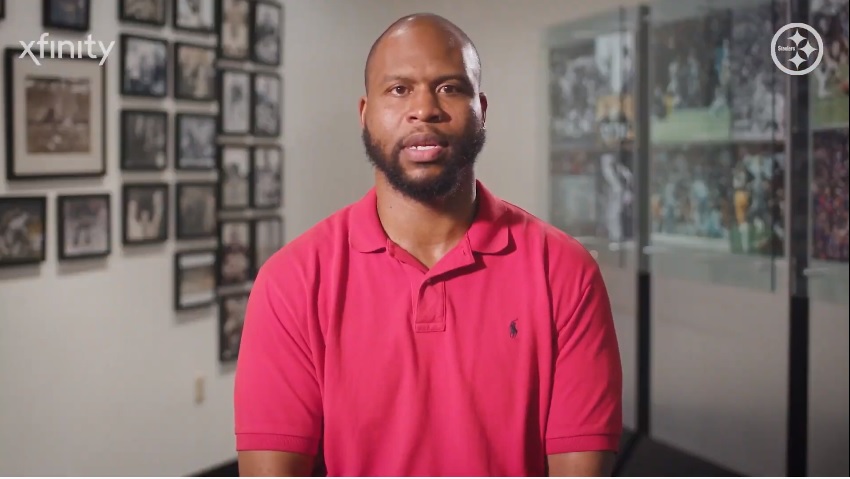The pandemic has altered so much in our lives over the course of the past year. It has brought devastation to many, while others have been forced to adapt. Sometimes, it has caused us to seek alternative solutions to problems of simply doing business as usual, as can certainly be said for the National Football League as they operated an entire league year through the outbreak of COVID-19.
While there have obviously been major obstacles, the pandemic has also caused teams, and the league, to get creative, and as such has given them new tools they wouldn’t have otherwise used, or been permitted to use. This might especially be the case for the draft process, such as interviewing prospects over Zoom. But while the tools have changed, the guiding principles for the Pittsburgh Steelers have not.
“The philosophy remains the same. The standard is the standard,” Pro Scouting Coordinator Brandon Hunt said in the ninth episode of the team-produced The Standard series, documenting the Steelers’ draft process. “You continue to get the best player available, continue to build the competition.”
“There’s no such thing as having too many great players at any position, get as many good players as we can, regardless of the way in which we do that,” he added. “Whether they come in the first round, whether they come in the seventh round, whether they come as free agents, you know, whether that comes in a live draft, whether that comes in a virtual draft, whether that comes in a hybrid draft, the standard, and the philosophy, remains the same.”
One area of talent acquisition the Steelers pursued this offseason that is somewhat different was emphasizing the Pro Day circuit. They signed about half a dozen players who were permitted to work out at their alma maters or a nearby university, building depth while knowing that the draft pool would be less substantial than in other years, and with less data to go off of.
But this isn’t a completely different approach. The motivation behind signing players who participated in the AAF in 2019 and the XFL in 2020 followed the same principle. Basically, these were players that you would be typically looking at in January or February as Reserve/Future signings.
In terms of the Steelers’ draft class, you certainly couldn’t say that it deviated from their patterns, although perhaps it skewed more conservative. While they’ve long held a Power 5 bias (as all teams do), their selections came exclusively from Power 5 schools, though I believe that was largely a coincidence.
Even with some rarities — a running back in the first round, a tight end in the second, etc. — it still very much felt like a Steelers draft, although it is a bit unusual to have a draft in which they don’t take a wide receiver.








